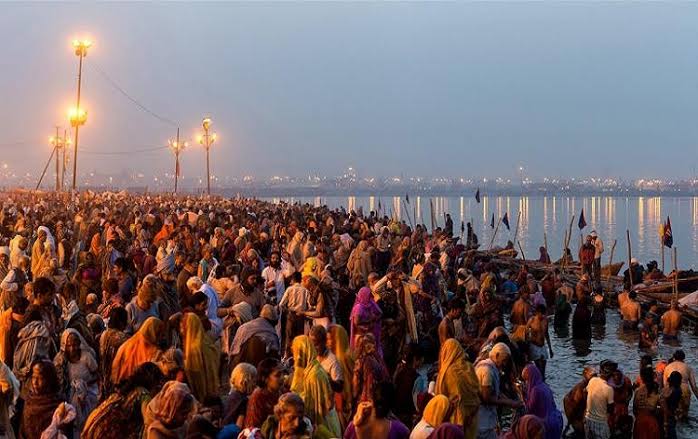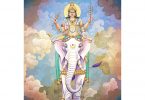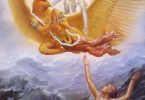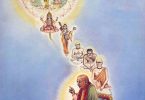Question: What is the significance of Makara Saìkränti?
Answer from Romapada Swami:
Here is the meaning of the term.
Makara = Capricorn; Saìkränté—the passage of the sun or any other planet from one Zodiacal sign to another.
The first day when the sun begins to move north and enter the zodiacal sign of Capricorn is called Makara-saìkränti.
äyane = course of the sun
SB 7.14.20-23 purport – The six months when the sun moves toward the north are called uttaräyaëa, or the northern path, and the six months when it moves south are called dakñiëäyana, or the southern path. These are mentioned in Bhagavad-gétä (8.24-25). The first day when the sun begins to move north and enter the zodiacal sign of Capricorn is called Makara-saìkränti, and the first day when the sun begins to move south and enter the sign of Cancer is called Karkaöa-saìkränti. On these two days of the year, one should perform the çräddha ceremony.
CB 2.28.9 — “On the coming Makara-saìkränti day, I will certainly leave home and take sannyäsa.
[SBSST’s commentary] – The planets traverse through the wheel of the zodiac. This wheel of the zodiac is divided into twelve equal portions. The portions are each one-twelfth of the zodiac wheel and each are further divided into thirty parts. The twelve portions of the zodiac are Meña (Aries), Våña (Taurus), Mithuna (Gemini), Karkaöa (Cancer), Siàha, (Leo), Kanyä (Virgo), Tulä (Libra), Våçcika (Scorpio), Dhanu (Sagittarius), Makara (Capricorn), Kumbha (Aquarius), and Ména (Pisces). The people of earth see the sun traverse through the wheel of the zodiac. The movement of the sun through the räçis is called ravi-saàkramaëa. The entrance of the sun into the Karkaöa räçi is called Dakñiëäyana, the southern way, and its entrance into the Makara-räçi is called Uttaräyaëa, the northern way. In every solar year there is one Dakñiëäyana and one Uttaräyaëa. Makara-saìkramaëa, or the entrance of the sun into Makara-räçi from Dhanuù-räçi, is called Uttaräyaëa saìkramaëa. The stationary wheel of the räçis is calculated from the nakñatras. The increment between the beginning of the stationary [Nirayana] and moveable [Sayana] zodiacs is the measurement known as the ayanäàça.
+++
- Bathing at Ganga Sagara, the bathing festival that takes place for 15 days
SB 4.29.81-– Çrédhara Svämé informs us that Kapiläçrama is located at the confluence of the Ganges and the Bay of Bengal, a place known now as Gaìgä-sägara. This place is still famous as a place of pilgrimage, and many millions of people gather there every year on the day of Makara-saìkränti and take bath. It is called Kapiläçrama because of Lord Kapila’s living there to perform His austerities and penances.
SB 5.17.9 — That they can actually be liberated in this way is confirmed herein.
-
- When Grandfather Bishma returned Back to Godhead
- Sri Caitanya Mahaprabhu accepted Sannyasa
- When Visvarupa, the older brother Sri Chaitanya Mahaprabhu who had left the home to wander throughout India as a sannyasi, entered samadhi and departed from this world at the holy place known as Pandrapura.
- The day on which the famous Kumbha Mela festival begins.
- One should perform the çräddha ceremony on the Makara-saìkränti or on the Karkaöa-saìkränti.
- In Puri, the Makara Chaula (first rice of the harvest) is offered to Jagannath on Makara Sankranti, along with many annual + popular related rituals within the Temple. Also, many similar harvest festivals throughout India are observed on this day.







